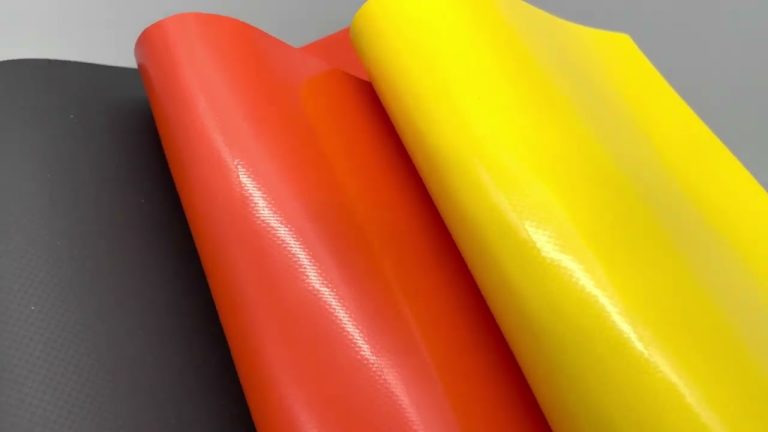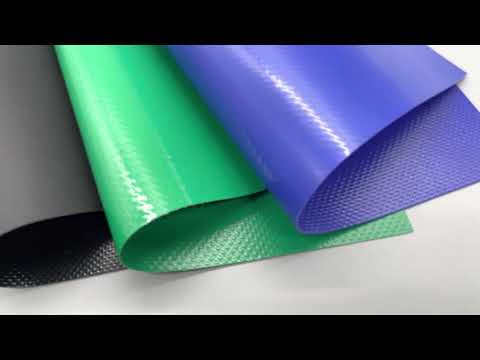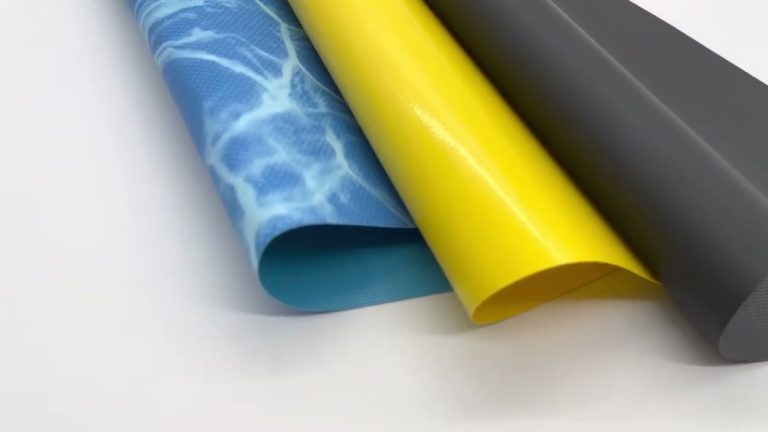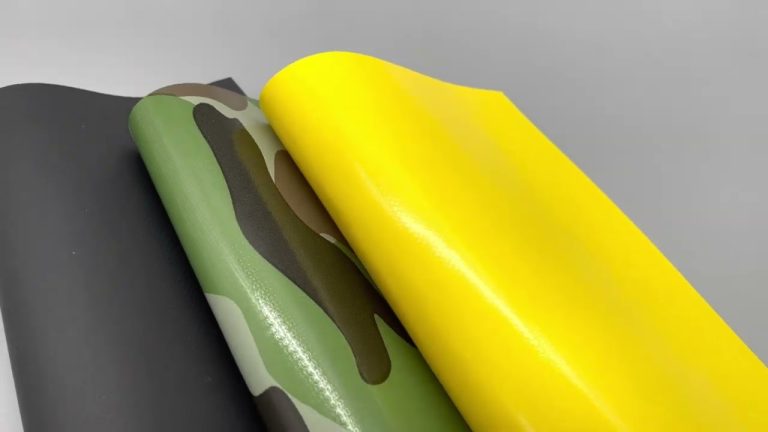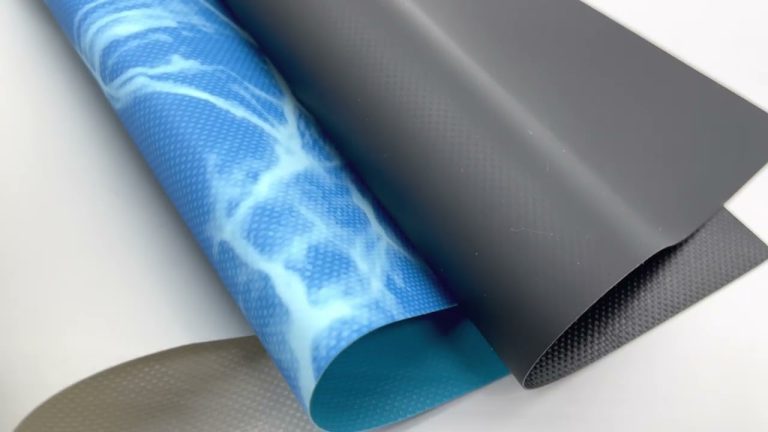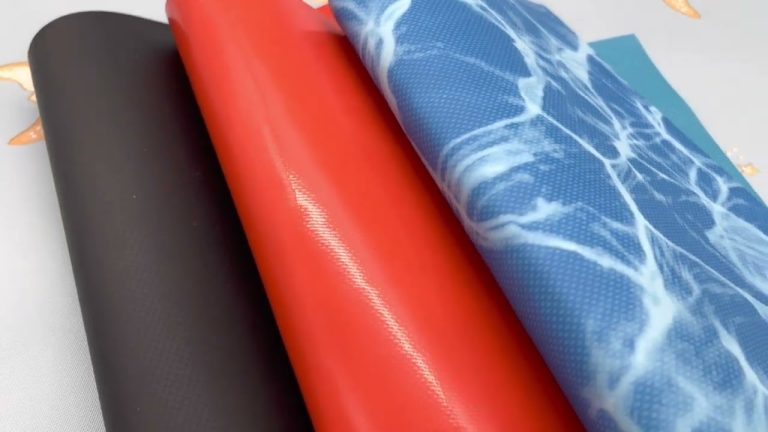SUPER VINYLTARP https://www.vinyltarpaulin.com/shop
Email: dorantsimlw@gmail.com
Please visit our website for more information. You can find links as follows:
https://www.vinyltarpaulin.com/product/pvc-tarpaulin-gym-mat-fabric-1000d1000d-2020-610gsm
https://www.vinyltarpaulin.com/product/pvc-tarpaulin-bag-fabric-1000d1000d-99-610gsm
https://www.vinyltarpaulin.com/product/pvc-tarpaulin-gym-mat-fabric-1000d1000d-2020-650gsm
PVC tarp fabric material is one of the most versatile and widely used materials in various industries, offering exceptional durability, flexibility, and weather resistance. Whether you’re working in construction, agriculture, transportation, or outdoor events, PVC tarpaulins have become an essential tool for protecting assets, equipment, and spaces from environmental threats. In this article, we will delve into the properties, applications, advantages, and future trends of PVC tarp fabric material, helping you understand why it is a go-to choice for countless professionals and industries.
1. Understanding PVC Tarp Fabric Material
What Is PVC Tarp Fabric Material?
PVC (Polyvinyl Chloride) tarp fabric material is a synthetic fabric coated with a layer of PVC on one or both sides. This coating enhances the material’s durability, waterproofing, and resistance to UV radiation, chemicals, and abrasions. The fabric base is typically made from woven polyester or nylon, providing a strong and flexible foundation for the PVC coating.
Key Properties of PVC Tarp Fabric
- Waterproofing: The PVC coating ensures complete waterproofing, making it ideal for outdoor and wet environments.
- UV Resistance: Treated to resist UV rays, preventing degradation and maintaining performance over time.
- Durability: High tensile strength and tear resistance make it suitable for heavy-duty applications.
- Mildew and Rot Resistance: PVC tarps are treated to resist mold, mildew, and rot, ensuring long-term durability.
- Fire Retardant Options: Some PVC tarps are treated with fire-retardant chemicals for added safety.
- Flexibility: Lightweight yet strong, PVC tarp fabric can be folded, rolled, and stored with ease.
2. Applications of PVC Tarp Fabric Material
1. Construction Industry
PVC tarp fabric is extensively used in the construction sector for a variety of purposes:
- Site Protection: Temporary covers for construction sites to protect materials and equipment from rain, dust, and debris.
- Scaffolding Covers: Provides safety and weather protection for scaffolding during construction projects.
- Roofing: Used as temporary roofing solutions to shield structures from adverse weather conditions.
2. Agriculture
In the agriculture industry, PVC tarps are invaluable for protecting crops, livestock, and equipment:
- Crop Covers: Shields crops from hail, frost, and excessive sunlight.
- Livestock Shelters: Provides temporary shelters for animals in open fields.
- Tractor and Equipment Covers: Protects machinery from rain, dust, and UV exposure.
3. Transportation and Storage
PVC tarp fabric is widely used for protecting cargo during transportation and storage:
- Truck and Trailer Covers: Secures and protects goods during transit, preventing damage from weather and theft.
- Container Liners: Used for protecting bulk materials during shipping.
- Temporary Storage Tents: Creates weatherproof spaces for storing equipment, vehicles, or goods.
4. Outdoor Events and Recreation
From large-scale events to personal recreation, PVC tarps offer versatile solutions:
- Event Tents and Marquees: Provides temporary shelter for weddings, festivals, and trade shows.
- Camping Tents: Used in the construction of portable tents for outdoor enthusiasts.
- Outdoor Shelters: Creates temporary shaded areas for parks, campsites, and recreational facilities.
5. Emergency and Disaster Relief
PVC tarp fabric is crucial in emergency situations:
- Temporary Shelters: Provides durable and weatherproof shelter solutions during natural disasters or military operations.
- Medical and Relief Tents: Used for creating temporary healthcare facilities or relief centers.
3. Advantages of PVC Tarp Fabric Material
Durability and Longevity
One of the most significant advantages of PVC tarp fabric is its unparalleled durability. The PVC coating protects the underlying fabric from tearing, punctures, and abrasions, ensuring long-term performance even in harsh environments.
Waterproofing and Weather Resistance
PVC tarps are 100% waterproof, making them ideal for outdoor use. They can withstand heavy rains, snow, and wind, providing reliable protection for assets and spaces.
Versatility
PVC tarp fabric is available in a wide range of colors, sizes, and thicknesses, allowing users to tailor the material to their specific needs. Whether you need a small tarp for personal use or a large-scale solution for industrial applications, PVC tarps can meet the demand.
Ease of Use
Lightweight and portable, PVC tarps are easy to handle, store, and transport. Their flexibility allows for quick setup and dismantling, making them a practical choice for temporary solutions.
Cost-Effectiveness
Compared to other protective materials, PVC tarp fabric offers a cost-effective solution without compromising on quality. Its durability and reusability further enhance its value proposition.
Environmental Benefits
Modern PVC tarps are made with eco-friendly manufacturing processes, reducing their environmental impact. Additionally, the material is recyclable, promoting sustainability in industries that rely on protective solutions.
4. Future Trends in PVC Tarp Fabric Material
Advancements in Manufacturing Technology
Advancements in PVC manufacturing technology are leading to the production of higher-quality tarps with enhanced durability, flexibility, and eco-friendliness. Innovations such as improved coatings and treatments are making PVC tarps more resistant to UV radiation, chemicals, and fire.
Customization and Personalization
As demand grows for tailored solutions, manufacturers are offering customizable PVC tarps in terms of colors, patterns, thicknesses, and sizes. This trend allows businesses and individuals to create tarps that match their branding or specific needs.
Sustainability Initiatives
The focus on sustainability is driving manufacturers to develop PVC tarp fabric that is recyclable and free from harmful chemicals like lead and phthalates. These initiatives are attracting environmentally conscious buyers and industries.
Integration with Smart Technology
In the future, PVC tarp fabric may incorporate smart technologies, such as temperature sensors, UV indicators, or self-repairing coatings, to enhance functionality and performance.
5. Choosing the Right PVC Tarp Fabric Material
To maximize the benefits of PVC tarp fabric material, it’s essential to consider the following factors when selecting a tarp:
- GSM (Grams per Square Meter): A higher GSM indicates a thicker and more durable tarp. Choose based on the application’s requirements.
- Coating Thickness: Thicker PVC coatings provide better waterproofing and longevity.
- Color and Transparency: Choose colors that suit your needs, whether for branding, visibility, or aesthetic purposes.
- Fire-Retardant Treatments: Consider fire-retardant options for safety-critical applications.
- Customization Options: Opt for manufacturers that offer tailored solutions to meet your specific needs.
Conclusion
PVC tarp fabric material has revolutionized the way industries protect their assets, equipment, and spaces. With its exceptional durability, waterproofing, and versatility, it continues to be the material of choice for construction, agriculture, transportation, outdoor events, and emergency relief.
As advancements in manufacturing technology, customization options, and sustainability initiatives shape the future of PVC tarp fabric, the material’s popularity and relevance are only set to grow. Whether you’re looking for a robust solution for heavy-duty applications or a cost-effective option for everyday use, PVC tarp fabric material offers unmatched performance and value. By understanding its properties, applications, and advantages, businesses and individuals can make informed decisions to meet their protective needs effectively.

